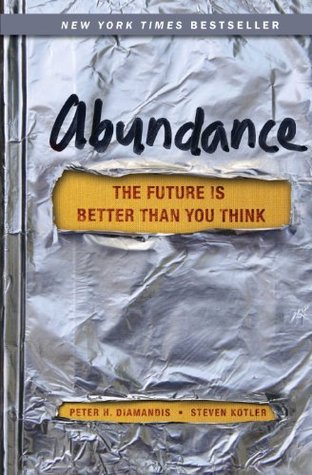More on this book
Community
Kindle Notes & Highlights
The assumption was that if any adults use higher-level math, it would be MIT grads. And while a few did, the overwhelming majority reported using nothing more than arithmetic, statistics, and probability.
Twenty-first-century learning has dozens of moving parts, but at the center of them is a simple idea. “Over and over again,” says Wagner, “in hundreds of interviews with business leaders and college professors, they stressed the ability to ask the right questions.” As Ellen Kumata, managing partner of the Fortune 200 consultancy Cambria Consulting, explains:
There are four major motivators that drive innovation. The first, and weakest of the bunch, is curiosity: the desire to find out why, to open the black box, to see around the next bend. Curiosity is a powerful jones. It fuels much of science, but it’s nothing compared to fear, our next motivator. Extraordinary fear enables extraordinary risk-taking. John F. Kennedy’s Apollo program was executed at significant peril and tremendous expense in response to the early Soviet space successes. (You can ballpark the ratio of fear to curiosity as a driver for human innovation: it’s the ratio of the
...more
There’s an entire literature of “think-outside-the-box” business strategies to go along with these notions, but, if innovation is truly the goal, as brothers Dan and Chip Heath, the best-selling authors of Made to Stick: Why Some Ideas Survive and Others Die, point out in the pages of Fast Company, “[D]on’t think outside the box. Go box shopping. Keep trying on one after another until you find the one that catalyzes your thinking. A good box is like a lane marker on the highway. It’s a constraint that liberates.
That day, I learned how a powerful first impression (in other words, announcing your idea in a supercredible way) is fundamental to launching a breakthrough concept.
On a certain level, change is being driven by a fundamental property of technology: the fact that it expands into what theoretical biologist Stuart Kauffman calls “the adjacent possible.


